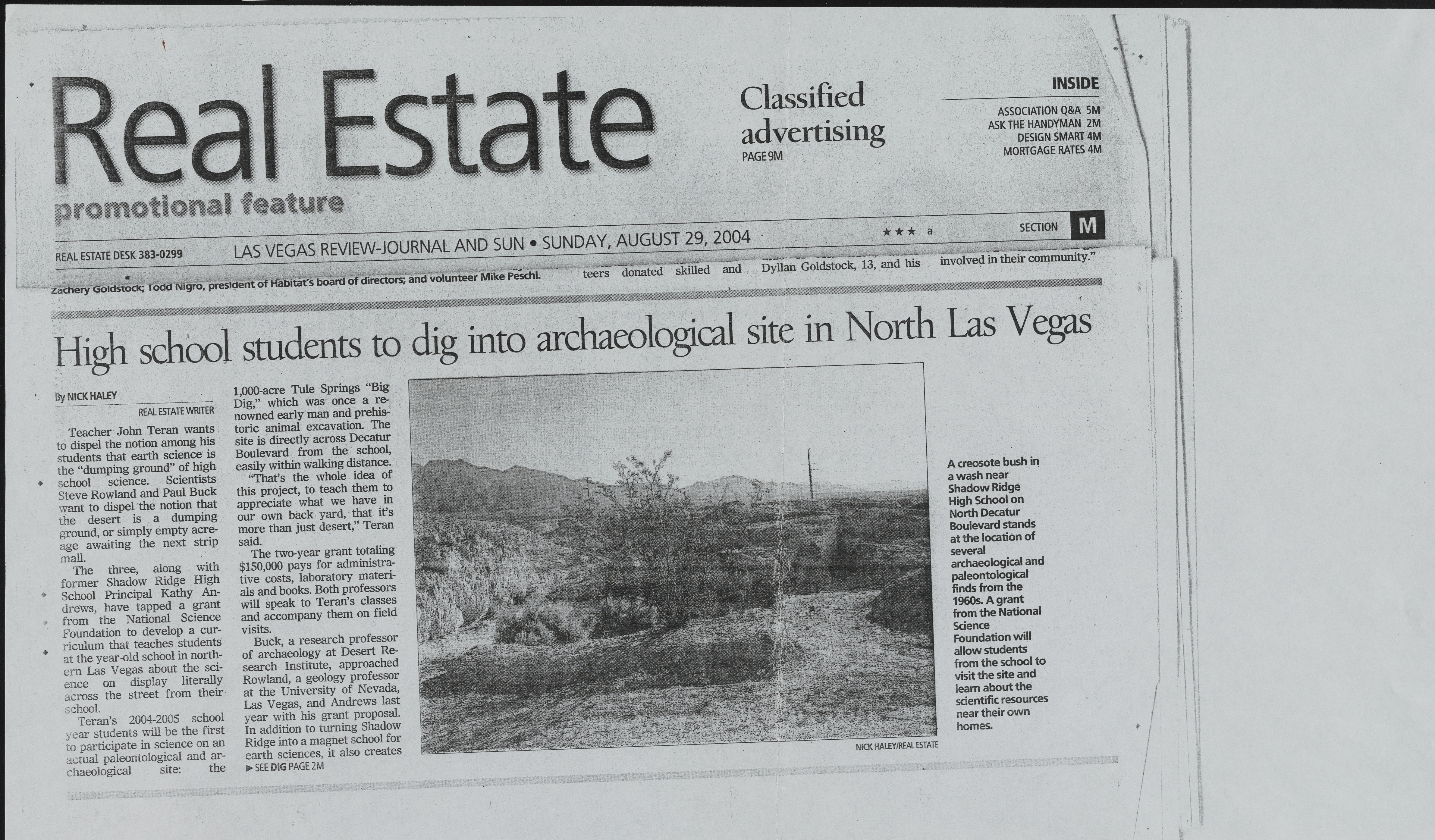Copyright & Fair-use Agreement
UNLV Special Collections provides copies of materials to facilitate private study, scholarship, or research. Material not in the public domain may be used according to fair use of copyrighted materials as defined by copyright law. Please cite us.
Please note that UNLV may not own the copyright to these materials and cannot provide permission to publish or distribute materials when UNLV is not the copyright holder. The user is solely responsible for determining the copyright status of materials and obtaining permission to use material from the copyright holder and for determining whether any permissions relating to any other rights are necessary for the intended use, and for obtaining all required permissions beyond that allowed by fair use.
Read more about our reproduction and use policy.
I agree.Information
Digital ID
Permalink
Details
More Info
Rights
Digital Provenance
Publisher
Transcription
? * t ? Classified advertising ASSOCIATION Q&A 5M ASK THE HANDYMAN 2M DESIGN SMART 4M MORTGAGE RATES 4M SECTION LAS VFCAS REVIEW-JOURNAL AND SUN • SUNDAY, AUGUST 29, 2004 REAL ESTATE DESK 383-0299 his involved in their community donated skilled and M l k e N " “ wmm 1,000-acre Tule Springs “B ig D ig,” which was once a renowned early mail and prehistoric animal excavation. The site is directly across Decatur B y NICK HALEY ? - v; “ : REAL ESTATE WRITER Teacher John Teran wants to dispel the notion among his students that earth science is the “dumping ground” of high school science. Scientists Steve Rowland and Paul Buck want to dispel the notion that th e desert is a dumping ground, or sim ply em pty acreage awaiting the next strip mall. The three, along with form er Shadow Ridge High Boulevard from the school, easily within walking distance. A creosote bush in a wash near Shadow Ridge High School on North Decatur Boulevard stands at the location of several archaeological and paleontological finds from the 1960s. A grant from the National Science Foundation will allow students from the school to visit the site and learn about the scientific resources near their own homes. “That’s the whole idea of this project, to teach them to appreciate what we have in our own b a c k yard, that it s more than just desert,” Teran said. The two-year grant totaling $150,000 pays for administrative costs, laboratory materials and books. Both professors NICK HALEY/REAL ESTATE actual paleontological and a r chaeological site: the Fii#$a I]

